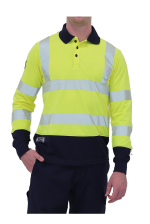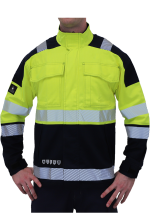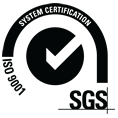EN 61482-1-2: Box Test Method and “Ka” explained
The arc box test, also known as the arc resistance or arc tracking test, is a standardized method evaluating electrical equipment and materials under electrical arc conditions. It’s a vital test for ARC flash protection in Europe. Conducted by placing a sample in a box filled with air and steam, an electrical arc is generated, observing the material for signs of damage or degradation.
This test assesses a material’s resistance to arcing and its ability to prevent flame spread during electrical faults, commonly applied to plastics, rubber, and polymers for electrical insulation.
Results are reported in seconds a sample withstands the electrical arc before failure and any observed damage. This informs material selection for electrical equipment, ensuring safety and reliability.
The “kA” unit quantifies fault current, crucial for arc flash analysis and electrical safety. An arc flash, emitted during a fault current in an electrical system, poses risks to people and equipment. Fault current, often in kiloamperes (kA), informs incident energy calculations, crucial for hazard analysis. Expressed in kA (thousands of amperes), understanding fault current aids in implementing safety measures for worker and equipment protection.
What does “Ka” mean?
The “kA” unit quantifies electrical fault current, crucial in arc flash analysis and electrical safety. An arc flash, generated during a fault current flow in an electrical system, emits intense heat and light, posing risks to people and equipment.
To assess arc flash hazards, determining available fault current in amperes (A) is key. This metric, often in kiloamperes (kA), informs incident energy calculations, measuring thermal energy per unit area (J/cm²). Incident energy varies with factors like fault current, duration, and distance from the arc.
Expressed in kA, “kA” represents thousands of amperes. For instance, a 20 kA fault current implies 20,000 amperes at a location. Understanding fault current aids in arc flash hazard analysis, guiding safety measures for worker and equipment protection.
EN 61482-1-2 garments are certified to two levels, Arc Protection Class (APC) 1 and 2.
APC 1 protects against 4Ka
APC 2 protects against 7Ka










